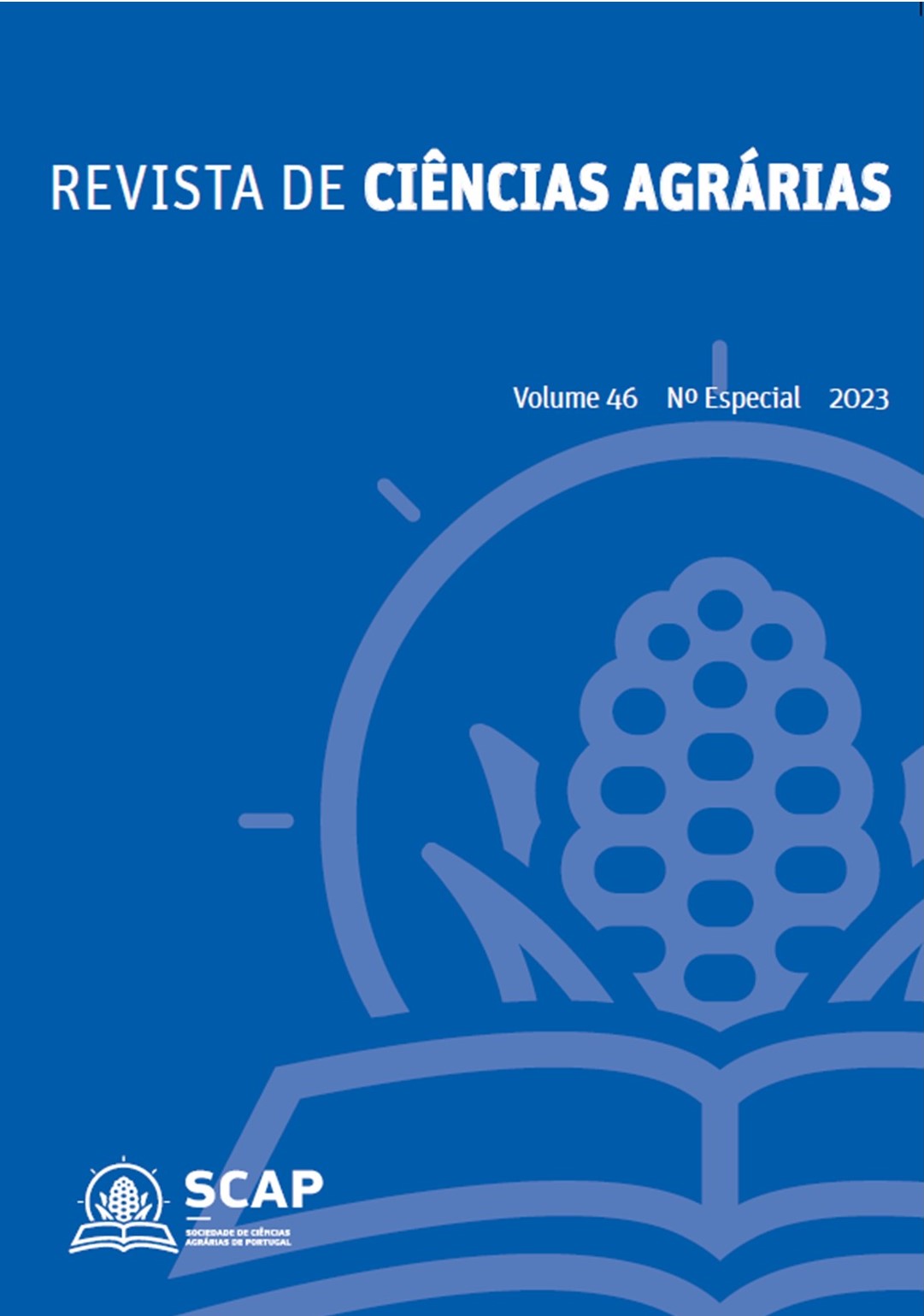C sink in montane pastures in Portugal: how much and how C is stored in the soil
DOI:
https://doi.org/10.19084/rca.33469Abstract
This work was carried out in the context of studying the quantity and quality of organic matter in the soil (SOM) under different land uses: oak forest, bushes (before and after a controlled fire) and marshes. The samples for this study were collected in different locations: oak forest in Serra da Nogueira, scrubland in the pastures of the Parque Natural de Montesinho. The pH and electrical conductivity variables were studied, and SOM and soil organic carbon (SOC) were determined. The chemical fractionation of soil organic matter was developed, which included: determination of organic matter, determination of humic substances: humic and fulvic acids, and calculation of humines and chemical purification of humic acids for characterization. As an indicator of the quality of the humic acids, the optical density of the humic acids was determined and the E4, E6 and E4/E6 indices calculated, that describe the degree of aromaticity of SOM, the molecular weight and the degree of condensation of the humic acids. The results showed that there were no major differences in the amount of organic carbon in the soil, with the forest having the highest amount of organic carbon in the soil vs. the marshes, the different uses, contribute practically the same with the sequestration of carbon in the soil in the Northeast of Portugal, although, the results of the fractionation of soil organic matter showed differences in the quality of soil organic carbon.


